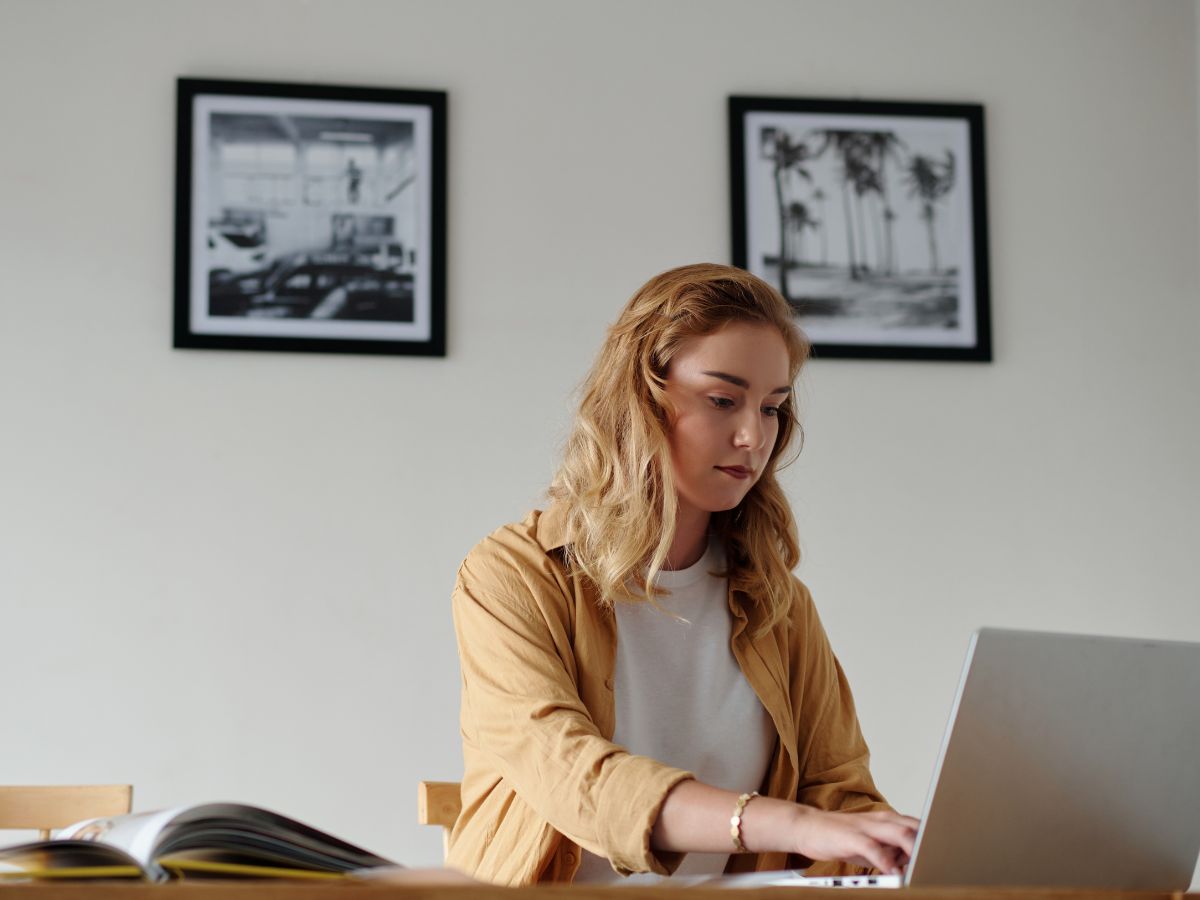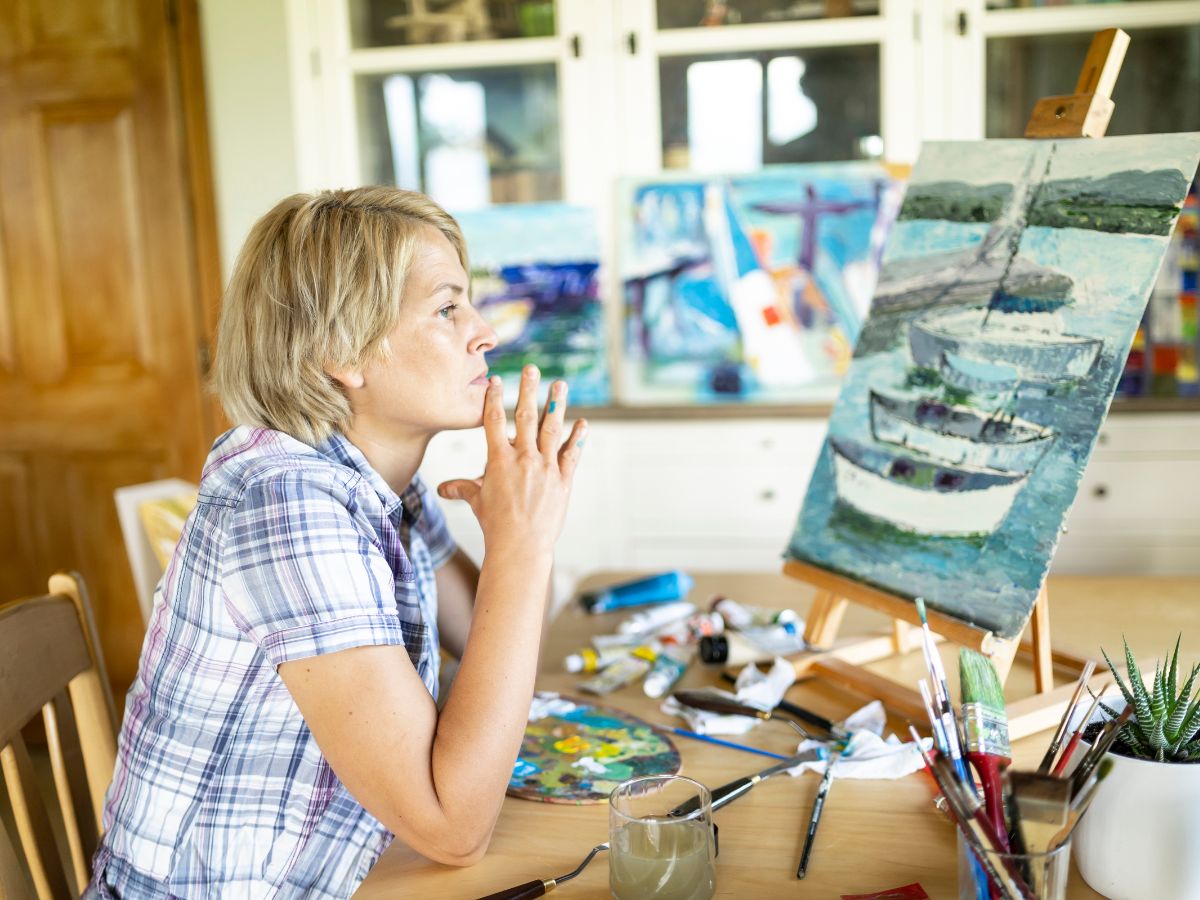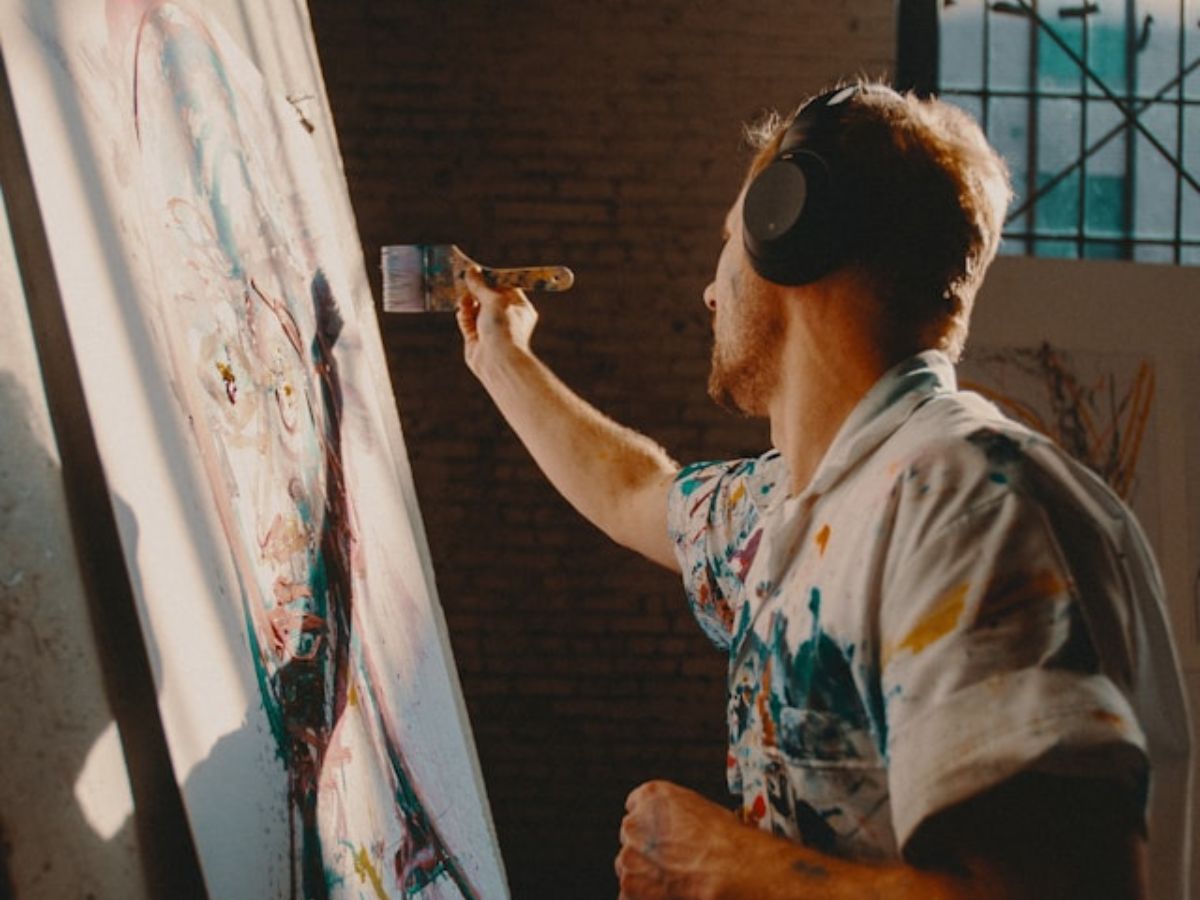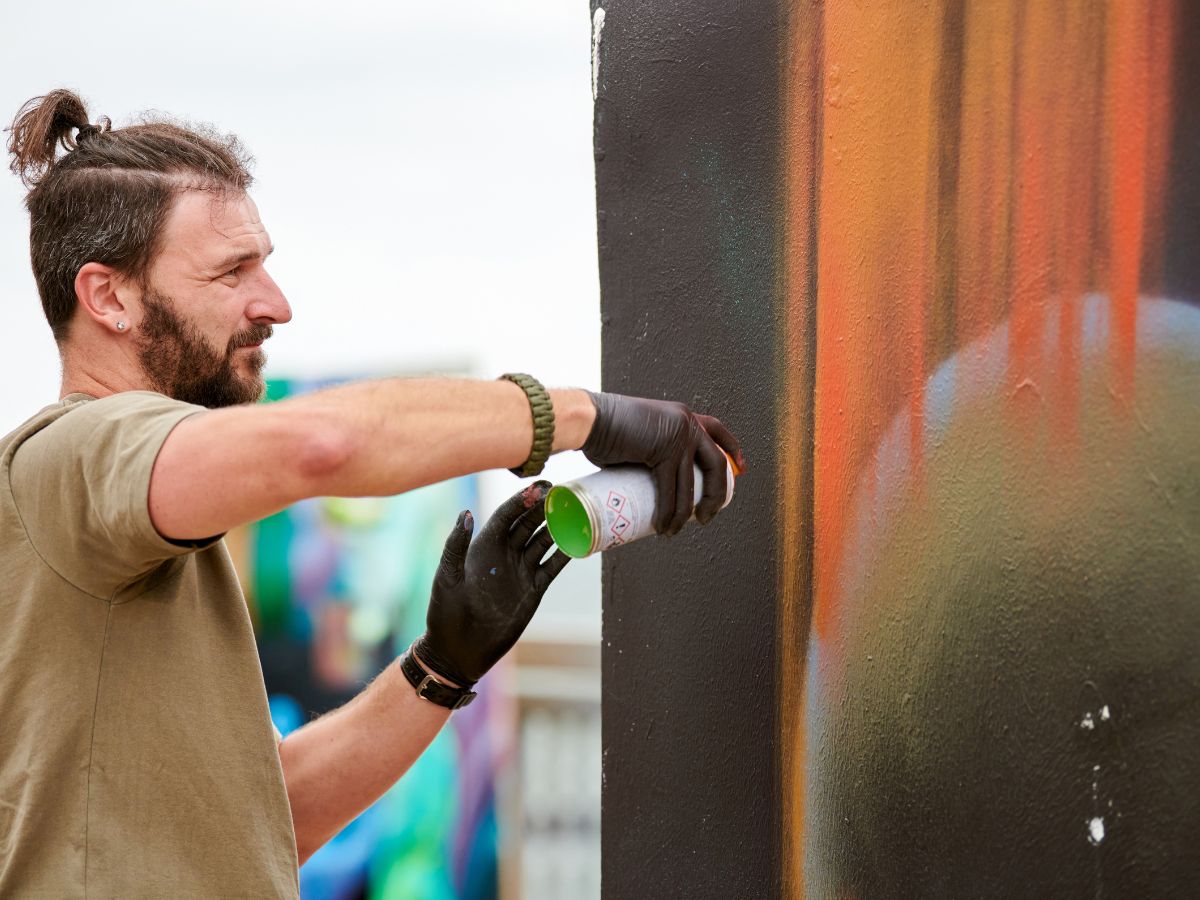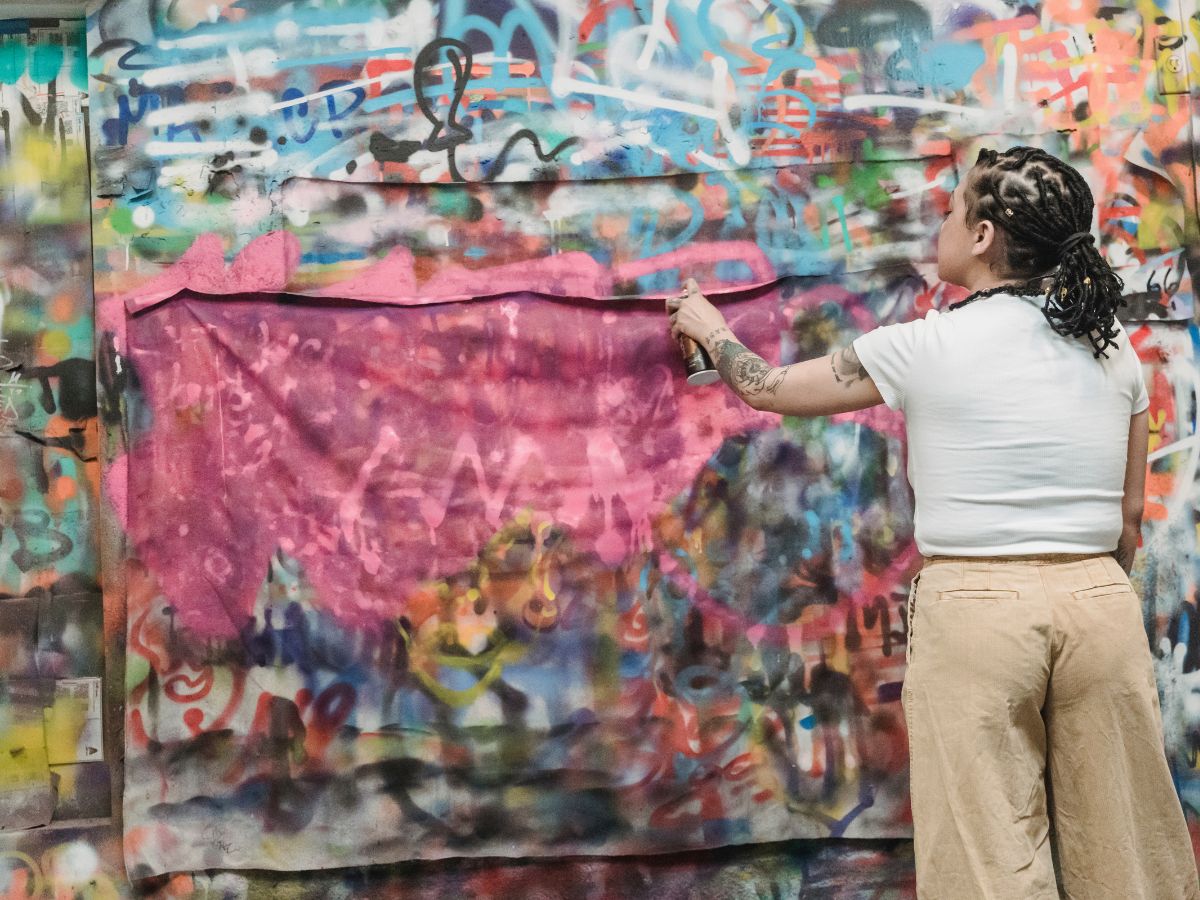
Fair Pay for Mural Artists: Strategies for Securing Proper Compensation
Murals bring color, vibrancy, and cultural depth to our communities, yet muralists often face challenges with fair compensation. The intricate work and creative expertise involved in murals deserve adequate pay, yet many artists struggle to receive fair remuneration for their time, materials, and unique artistic skills.
Here are several strategies mural artists can use to ensure they’re paid fairly.
